The Storm Skiing Podcast is sponsored by Mountain Gazette - Listen to the podcast for discount codes on subscriptions and merch.
Who
Laurie Blampied, General Manager of Mt. Buller, Australia
Recorded on
Oct. 4, 2021 in New York City; Oct. 5, 2021 at Mt. Buller, Australia – weird, right?
Why I interviewed him
One of the quirks of living on planet Earth is the fact of its tilted axis. Because of this, we not only have seasons, but different seasons in different places at the same time. There’s a multiverse feeling to all this. Landing in Australia is not unlike stepping through a time ripple into a weird alt-America, one where cars drive on the left and the deer have been replaced by giant bouncing rabbity creatures carrying babies in their pockets. And it’s winter in June. If Australia didn’t exist and Luke Skywalker and his motley band of space warriors landed on a planet outfitted with koala bears and vast deserts and deadly animals of every variety we’d all be like, “yes that looks like the kind of crazy planet I’d expect to find on the remote fringes of space.”
But it’s real. And there’s skiing. Less, it turns out, than I’d figured: the whole country has just a handful of ski areas. This seems to be mostly a matter of geography: the treeline is low and the snowline is high. Running a ski area in such conditions is a challenge. No matter: Australia is home to an ebullient ski culture. The five largest – Buller, Thredbo, Perisher, Falls Creek, and Hotham – are aligned with the Ikon or Epic passes. This makes sense. Try taking five lift rides at any Western U.S. or Canadian mountain and not running into an Aussie on a five-week holiday bouncing from one resort to the next on their American megapass. These people ski, travel, live. I wanted to know more.
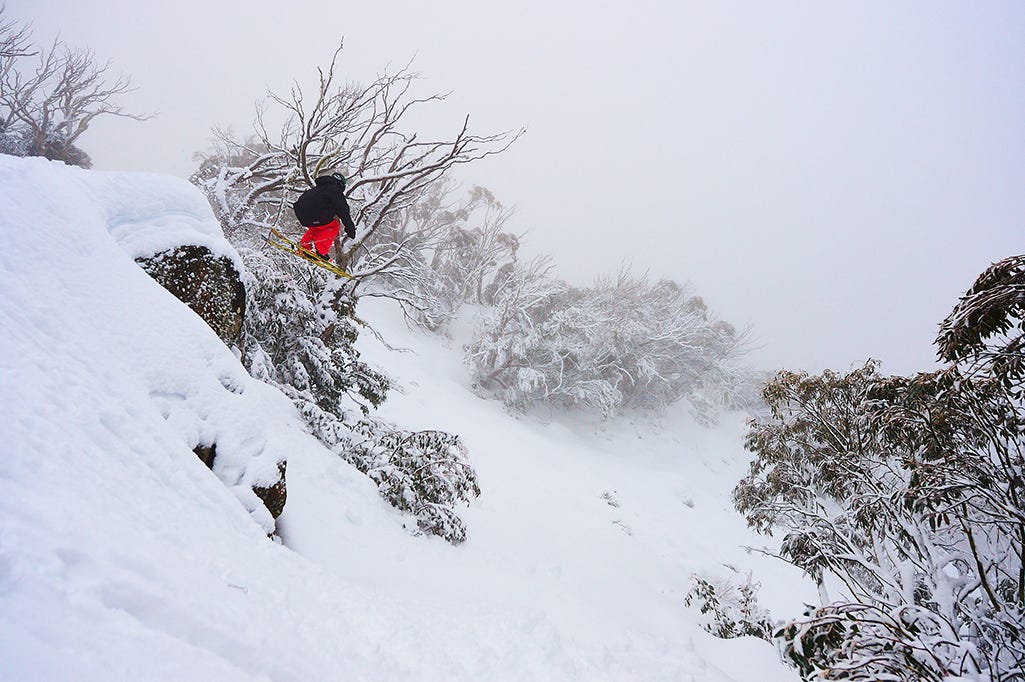
What we talked about
Reflections on retiring after nearly three decades in the ski business; The emerging Chinese ski scene; how a decade and a half as a civil engineer led to a career running ski resorts; raising kids at a ski resort; the evolution of the Australian ski industry from the early ‘90s to today; the surprisingly small number of ski areas in Australia and how they’ve consolidated over time; pioneering snowguns-as-firefighting-gear while under siege by wildfire for 38 days; the family that owns Mt. Buller; Vail’s entrance into Australia; who will replace Blampied after retirement; how Mt. Buller finally solved its snowmaking problem; how the Australian ski model compares to the North American and European models; Australia’s unique geography and how that shapes its ski areas; snow gums!; Buller’s origins as a single ski area served by two separate lift companies, requiring two separate lift tickets; Australia’s history as a center of lift innovation and experimentation; the evolution of Buller’s modern lift system; high-speed lifts on low-rise terrain; why the resort removed the Boggy Creek T-bar and what may replace it; shout out to SMI in Midland Michigan represent; the amazing gondola proposal that could knit the entire resort together; average snowfall at Mt. Buller; how snowmaking and snow preservation works above treeline; the art and science of snowmaking in Australia’s marginal temperatures; Buller’s Olympic and World Cup legacy; why the mountain joined the Mountain Collective and Ikon passes and what it took to make that happen; whether Buller passholders may get an option to add on an Ikon Pass, as many U.S. partner mountain passholders now can; Australians know how to live; Mt. Buller’s ISO certification; how Australia reacted to Covid and what that’s meant for the ski industry; and the earthquake that hit Buller last month:
Why I thought now was a good time for this interview
I hadn’t thought to proactively reach out to an Australian resort for an interview. I’ve never skied there, and I just expanded the scope of the podcast from the Northeast to the rest of America – that seemed like quite enough terrain to cover for the moment. But Mt. Buller reached out, and this seemed like an excellent chance to learn about a part of the ski world I was more or less ignorant of. Laurie was retiring after a long career and had a unique perspective on how the Australian ski industry had evolved in tandem with and outside of the global ski machine. The story of Mt. Buller itself was compelling – a family-owned mountain latching onto North American megapasses and aggressively upgrading its infrastructure to stay relevant in a whacky, warming world. There was no way I was turning down the opportunity to learn more.
It’s a big, big world, and there’s an awful lot of skiing out there. My focus, for now, is the United States, and that’s where I’ll continue to do my deliberate resort outreach. However – if you run a ski resort anywhere in the world, and you want to come on the podcast and talk about it, get in touch with me and we’ll make it happen. What I love about the world of lift-served skiing is the wild and unpredictable variety of it, the way different versions of the same thing can manifest themselves across vastly different cultures and environments. There is no part of this universe that doesn’t interest me, and in an internet-connected world, there are no boundaries we can’t step across to explore.
Why you should ski Mt. Buller
Like a lot of Australian ski resorts, Mt. Buller seems to be Europe from the waist up, and America from the belt down:
I asked Laurie which version of skiing Australia hewed closest to: the yee-haw off-piste American style, or the skinny-skis groomer swishy Euro style? Neither, he said. It’s a thing all its own.
And it’s a thing I’d like to explore one day. It’s gonna take me a while. As much as I love skiing, I also love summer, and we don’t get much of it here in the Northeast. And you have to miss a lot of summer to go to Australia. It takes like a week to fly there and a week to fly back and by then you’ve missed two years of work because they’re already in like 2032 over there. And even if you do want to forfeit summer for some skiing, you - like most U.S. Americans - probably only get two to three hours of vacation time per year and it’s not to be taken consecutively, you know, which is not quite enough time to get to Australia and back. Until teleportation is invented. Which it probably already has been in Australia since they are already living in the 23rd century.

Extra credit
One of the quirks of Mt. Buller’s history is that two separate lift systems, run by two separate companies, once served the same mountain. That meant you needed two lift tickets to ski the whole area:
Over time, the two systems united, but the mountain was left with a ton of redundancy – here’s what the unified lift system looked like in 1992, shortly before Laurie took over:
Today, the place is slick and modern, with high-speed burners and big plans for a bomber gondola. With no room left to expand, Mt. Buller is wholly focused on improving the on-mountain experience.
A few more items of interest:
More historic trailmaps of Mt. Buller
A complete historical inventory of Mt. Buller’s chairlifts
Mt. Buller’s Legends and Personalities Wall (referenced in the podcast)




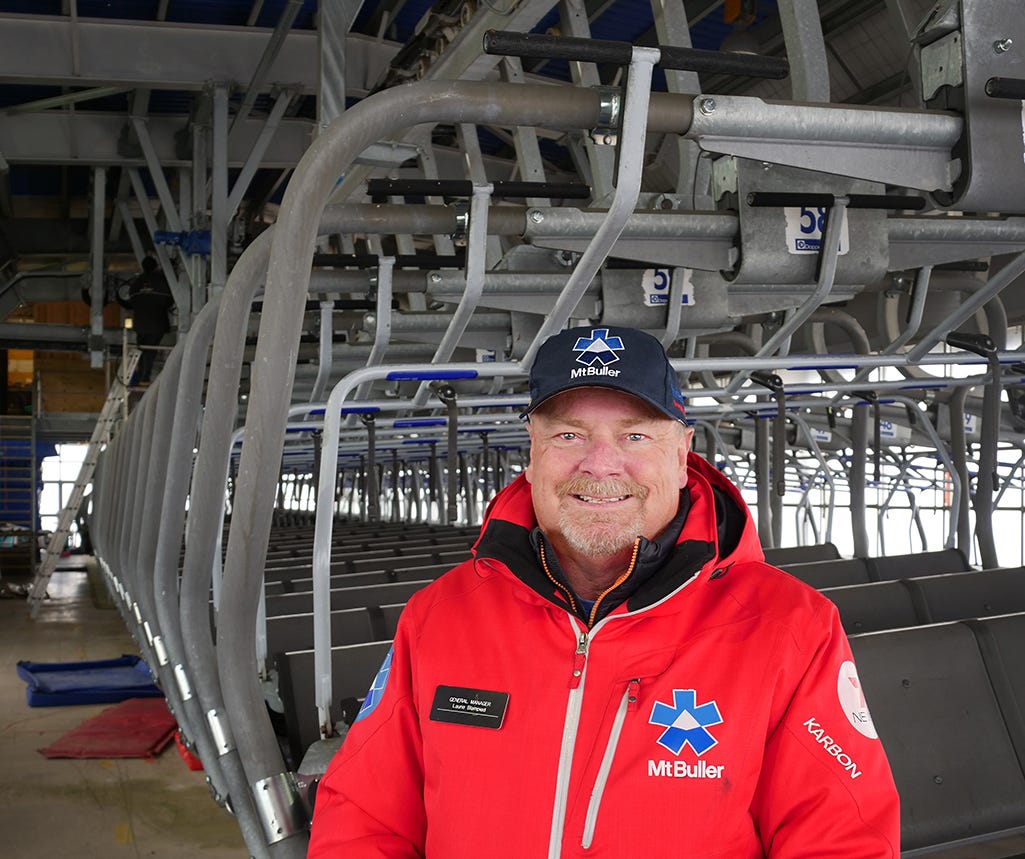



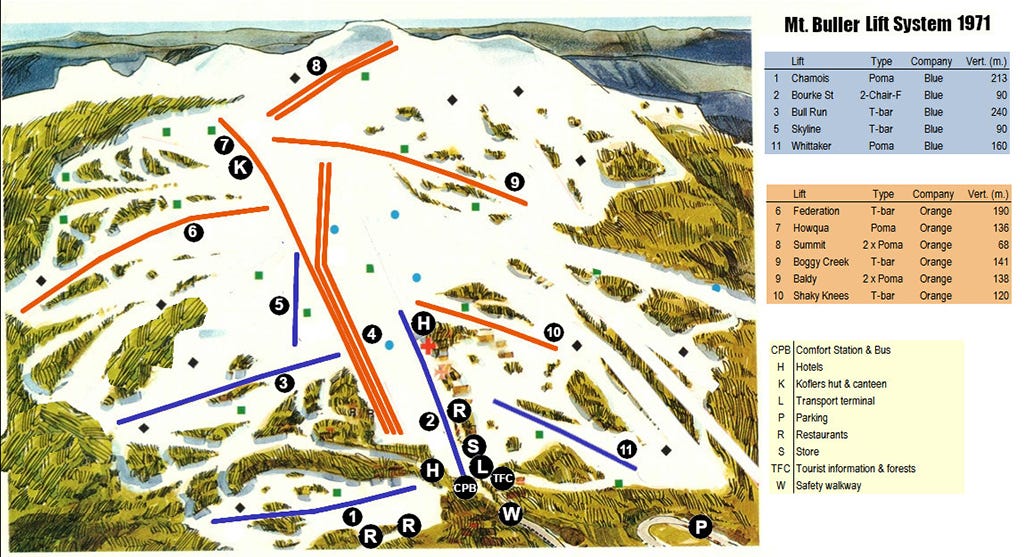
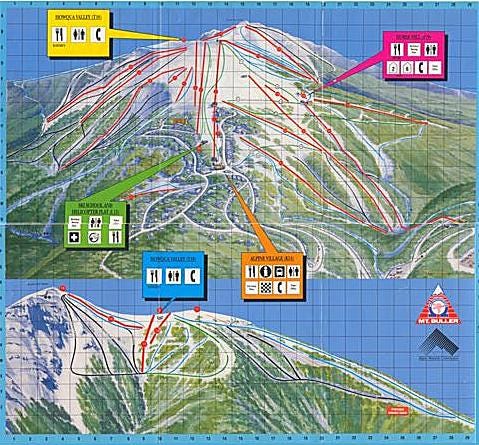







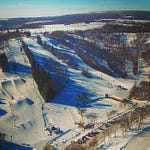


Podcast #56: Mt. Buller, Australia GM Laurie Blampied